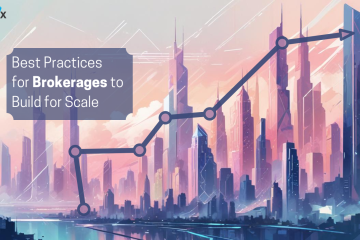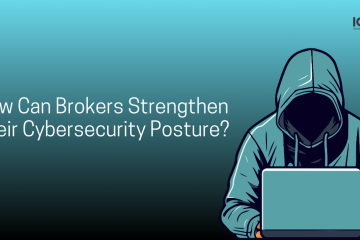Form, function, style, substance, utility, elegance, colors et al? What do all of these terms put together encapsulate? Design! So, as a first step, let’s get our thinking hats on to dispel some myths, step back, rethink, and reflect on our skewed understanding of design. Good design is not merely about making things look nice and pleasing. It’s much beyond that. Of course, aesthetic value is a critical aspect of design –however, with changing consumer expectations and dynamic interactions defining our everyday lives, design has come to become a lot more than that. User-centricity and frictionless experiences are the top priorities for the average consumer in today’s digitized world.
So, what’s the buy-in for design, particularly for startups at the brink of success?
For starters, the tech world believes in the power of design!
Great products are created when organizations are perceptive to change. Some of the world’s oldest and largest tech corporations such as GE and IBM have internalized the value of design and have made wise investments in that direction. The fact that today’s products or services cater to specific needs, the need to be aesthetically pleasing is as important as the need to be responsive to feedback and anticipate problems.
Where does the belief stem from?
Design is multidisciplinary:
Design fundamentally converts a simple interaction into an emotionally charged experience. Therefore, design as a concept is all-encompassing. It shapes human interactions with objects, experiences, and environments. In that sense, designers are multidisciplinary — they consider aesthetic, functional, economic, and sociopolitical aspects of both design objects and the respective environments.
Design brings personality:
Good design can differentiate you and help give your product a distinct personality. Products that relegate design as a low priority item run the risk of coming across as cold and lifeless. Design is inherently powerful in that it can effectively communicate a powerful emotional response and if executed well can lead to a more loyal, passionate, and engaged user base.
Design is centered around the user:
When design is considered early on in your startup’s strategy, it puts you comfortably on the driver’s seat by letting you think broadly about your users’ needs upfront and be generative rather than purely analytical. It puts the focus of your product or service on people, their needs, frustrations, and desires. It facilitates collaboration in a completely non-linear manner. And last of all, embracing design at an early stage takes far fewer resources than you’d imagine.
‘Design-led’ attracts potential investors:
There’s a certain paradigm shift in the way design is viewed at by potential investors today. This shift is gaining momentum and for good reason. Venture capitalists consider design-driven companies as the apple of their eyes. For instance, Adobe has a venture fund with portfolio companies that include Shutterfly, Netscape, and Sendmail. Designer Fund exclusively funds startups co-founded by designers.
And what’s more?
Rapid advancements in tech and engineering make the process of getting products to market quicker than ever; so design helps up the ante to differentiate products and makes them useful, understandable, and desirable. Design is that single aspect that doles out a holistic consumer experience that goes beyond delivering plain vanilla technical efficiency.
And the challenge that design poses is that it can be overwhelming, but it’s a powerful process that startups can leverage to be seen as highly differentiated from their competitors and counterparts. We believe in the power of design to drive innovation right from the word go. Because, it is rather unlikely that a company taking its baby steps today will flourish tomorrow without a robust and nuanced design strategy.In fact, we have been recognized as one of the most prominent companies in the product design space by DesignRush. Schedule your free consultation with our design strategists today.


